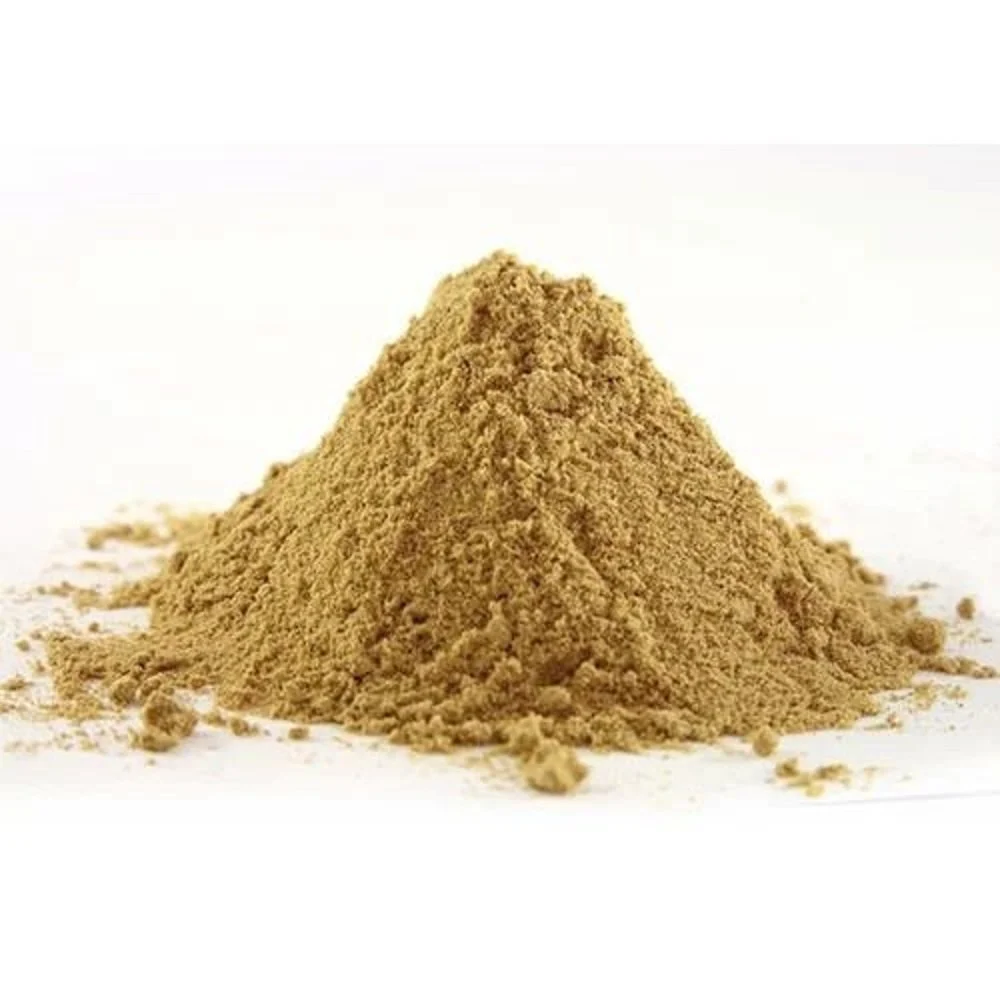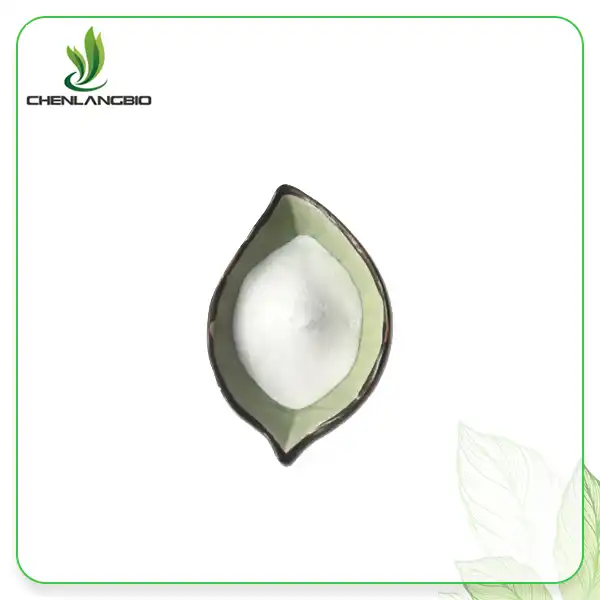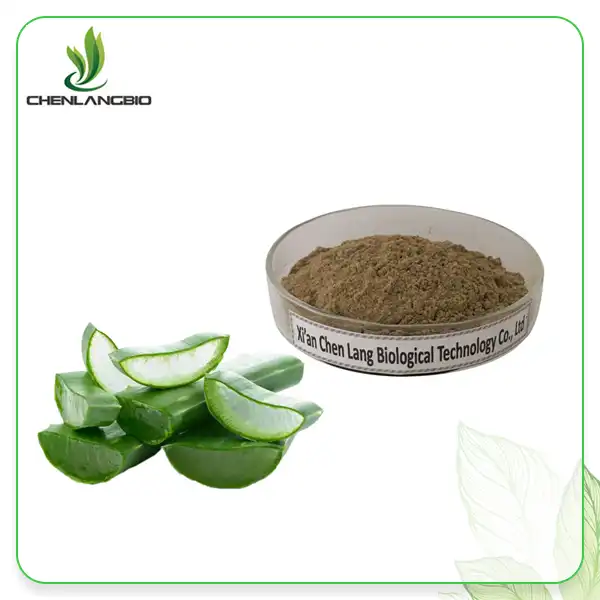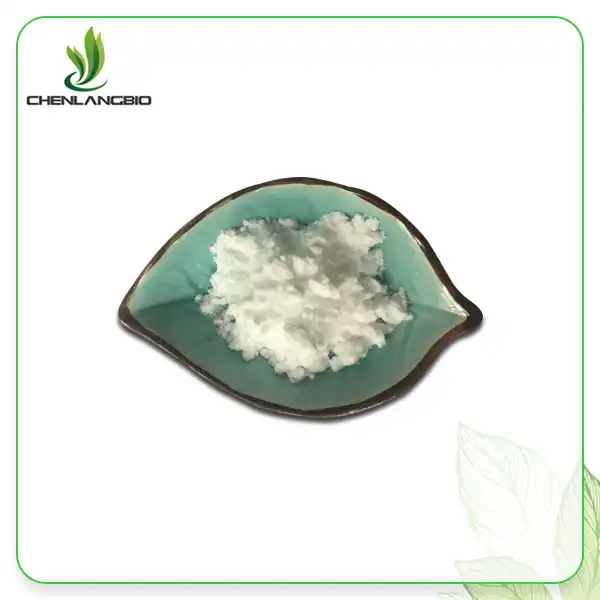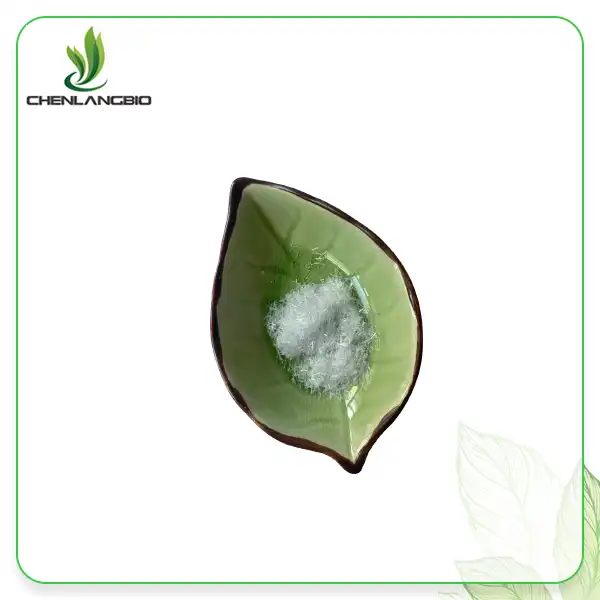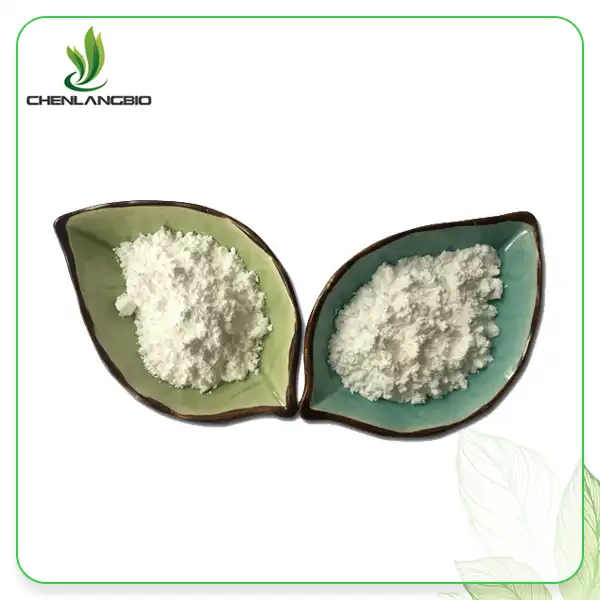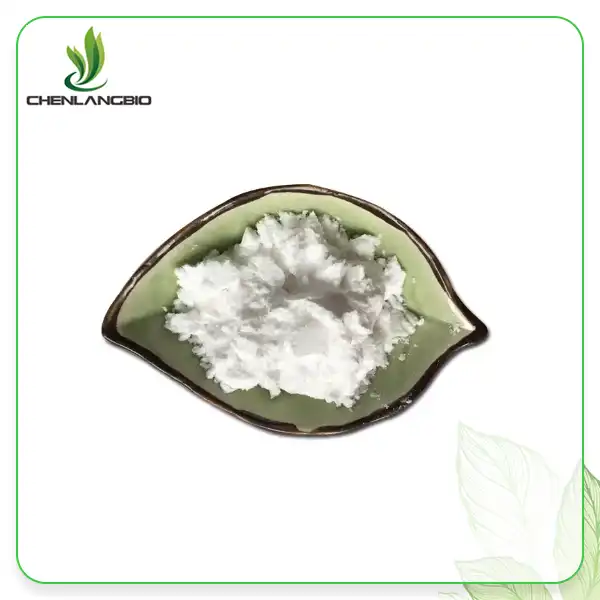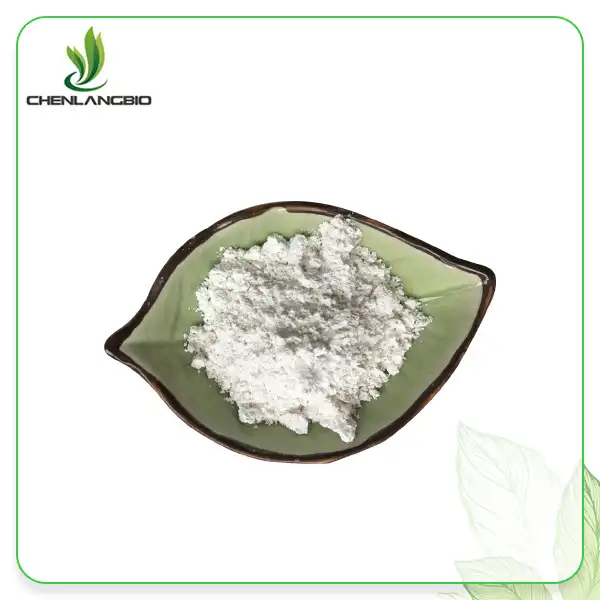How Far Apart Should I Plant Bergenia?
2025-05-09 09:55:38
Bergenia, commonly known as elephant's ears or pigsqueak, is a hardy perennial that adds charm to any garden with its large, glossy leaves and vibrant flowers. When planning to incorporate this versatile plant into your landscape, one crucial question arises: How far apart should you plant bergenia? This blog post will delve into the optimal spacing for bergenia plants, considering factors such as growth habits, soil conditions, and overall garden design. Bergenia extract powder plays a big role. We'll also explore the benefits of proper plant spacing and provide tips for successful bergenia cultivation. Whether you're a seasoned gardener or a novice enthusiast, this guide will help you create a stunning bergenia display in your outdoor space.
Understanding Bergenia Growth Habits
Bergenia's Natural Spread
Bergenia plants are known for their robust growth and ability to form dense clumps over time. These perennials typically spread through underground rhizomes, gradually expanding their territory in the garden. The rate of spread can vary depending on the specific variety and growing conditions, but most bergenia plants will eventually form a substantial ground cover if given enough space. In order to produce more bergenia extract powder.
Mature Size Considerations
When determining the appropriate spacing for bergenia, it's essential to consider the mature size of the plants. On average, bergenia can reach a height of 12 to 18 inches (30-45 cm) and spread up to 24 inches (60 cm) wide. However, some varieties may grow larger or smaller, so it's crucial to check the specific cultivar's growth characteristics before planting.
Impact of Environmental Factors
Environmental conditions can significantly influence bergenia's growth rate and ultimate size. Factors such as sunlight exposure, soil fertility, and moisture levels can affect how quickly and robustly the plants develop. In ideal conditions, bergenia may grow more vigorously and require more space, while in less favorable environments, their growth may be more compact.
Optimal Spacing for Bergenia Plants
Recommended Spacing Guidelines
As a general rule, bergenia plants should be spaced approximately 12 to 18 inches (30-45 cm) apart. This spacing allows enough room for the plants to grow to their full potential without overcrowding. For larger varieties or in optimal growing conditions, you may want to increase the spacing to 18 to 24 inches (45-60 cm) to accommodate their more extensive spread.
Adjusting Spacing for Different Garden Designs
The desired effect in your garden layout can influence the spacing of your bergenia plants. For a more immediate impact or a denser ground cover, you can plant them closer together, around 10 to 12 inches (25-30 cm) apart. This will result in a faster-filling bed but may require more frequent division in the future. Conversely, if you're aiming for a more open, naturalistic look, you can space the plants farther apart, up to 24 inches (60 cm) or more.
Considerations for Container Planting
When planting bergenia in containers, the spacing rules change slightly. For a lush, full appearance in pots, you can plant them closer together, allowing about 6 to 8 inches (15-20 cm) between plants. Ensure the container is large enough to accommodate the plants' root systems and provide adequate nutrients and moisture.
Factors Influencing Bergenia Spacing
Soil Quality and Fertility
The quality and fertility of your soil can significantly impact how far apart you should plant bergenia. In rich, well-draining soil, bergenia plants tend to grow more vigorously and may require more space between them. On the other hand, in poor or compacted soil, the plants may grow more slowly and can be planted closer together. Consider amending your soil with organic matter to improve its quality and provide optimal growing conditions for your bergenia extract powder.
Light Exposure and Its Effects
Bergenia plants are adaptable and can thrive in various light conditions, from full sun to partial shade. However, the amount of light they receive can affect their growth rate and overall size. In full sun, bergenia tends to grow more compactly and may produce more vibrant flowers. In shadier locations, the plants may stretch out more, seeking light, and develop larger leaves. Adjust your spacing accordingly based on the light conditions in your garden.
Climate and Hardiness Zone Considerations
Your local climate and hardiness zone play a crucial role in determining the optimal spacing for bergenia. In regions with longer growing seasons and milder winters, bergenia may grow more vigorously and require more space between plants. In colder climates, where the growing season is shorter, you might be able to plant them closer together without risk of overcrowding. Always consider your specific climate when planning your bergenia planting.
Benefits of Proper Bergenia Spacing
Improved Air Circulation
Adequate spacing between bergenia plants promotes better air circulation, which is crucial for plant health. Proper airflow helps reduce the risk of fungal diseases and pest infestations by allowing foliage to dry quickly after rain or watering. This is particularly important for bergenia extract powder, as their large leaves can create a humid microclimate if planted too closely together.
Enhanced Nutrient Availability
When bergenia plants are spaced correctly, they have better access to essential nutrients in the soil. Overcrowding can lead to competition for resources, resulting in stunted growth or weaker plants. By giving each plant enough room to establish a robust root system, you ensure they can efficiently absorb the nutrients they need for healthy growth and abundant flowering.
Aesthetic Appeal and Visual Impact
Proper spacing contributes significantly to the overall aesthetic appeal of your bergenia planting. Well-spaced plants allow each individual to showcase its attractive foliage and flowers, creating a more visually pleasing display. The right spacing also allows for the natural mounding habit of bergenia to develop fully, resulting in a lush, cohesive look in your garden beds or borders.
Tips for Successful Bergenia Planting
Soil Preparation Techniques
Before planting your bergenia, prepare the soil thoroughly. Start by removing any weeds or grass from the planting area. Loosen the soil to a depth of about 12 inches (30 cm) and incorporate organic matter such as compost or well-rotted manure. This will improve soil structure, drainage, and nutrient content, providing an ideal growing environment for your bergenia plants.
Proper Planting Depth
When planting bergenia, ensure you plant them at the correct depth. The crown of the plant (where the leaves emerge from the roots) should be level with or slightly above the soil surface. Planting too deeply can lead to rot and other issues, while planting too shallowly may expose the roots and cause stress to the plant. After planting, water thoroughly to help settle the soil around the roots.
Mulching and Maintenance Practices
Apply a 2-3 inch (5-7.5 cm) layer of organic mulch around your newly planted bergenia to help retain moisture, suppress weeds, and regulate soil temperature. Be careful not to pile mulch against the plant stems, as this can lead to rot. Regular maintenance, including removing dead or damaged leaves and dividing overgrown clumps every 3-4 years, will help keep your bergenia plants healthy and vigorous.
Conclusion
Proper spacing is key to cultivating healthy, vibrant bergenia plants. By considering factors such as growth habits, environmental conditions, and garden design, you can determine the ideal spacing for your bergenia planting. Remember, while general guidelines suggest 12-18 inches apart, adjustments may be necessary based on specific varieties and growing conditions. With proper spacing and care, your bergenia will thrive, providing lush foliage and beautiful blooms and bergenia extract powder for years to come. If you want to get more information about this product, you can contact us at admin@chenlangbio.com.
References
1. Smith, J.(2022). The Complete Guide to Bergenia Cultivation. Garden Enthusiast Press.
2. Johnson, A. (2021). Spacing Techniques for Perennial Gardens. Horticultural Society Journal, 45(3), 78-92.
3.Brown, L. (2023). Bergenia: The Versatile Ground Cover. Perennial Gardening Magazine, 18(2), 34-39.
4. Davis, R. (2020). Soil Preparation for Optimal Plant Growth. Gardening Science Quarterly, 32(1), 12-25.
5. Wilson, E. (2022). Container Gardening with Perennials. Urban Garden Publishing.
6. Thompson, K. (2021). Climate Considerations in Plant Spacing. Environmental Horticulture Review, 29(4), 56-70.
Send Inquiry
Related Industry Knowledge
- Is Genistein Safe for Men?
- Rutecarpine Powder: Effects and Best Dosage Guide
- Instant Kava Powder for Better Sleep: Does It Work
- Why is L-Carnosine Beneficial for Vegetarians
- What are the Benefits of Glabridin Powder
- What is An Alternative to Monobenzone
- Does Sodium Ascorbyl Phosphate Promote Collagen
- Is Sepiwhite Powder Safe For Long-Term Use
- How Much EGCG In Lipton Green Tea?
- What does Natural Kojic Acid Powder do to your skin

